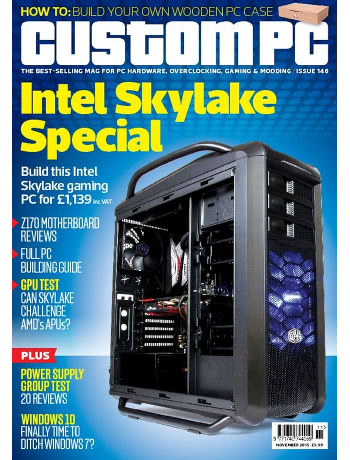
For years, I’ve wanted a thermal camera. Recently, the price of cameras has plummeted and I was finally able to justify – just about – the cost of the entry-level Flir C2. While it takes a while to get used to thinking in resolutions of 80×60 – the total resolution of the Flir Lepton thermal imaging module featured in the C2 – I’ve been having no end of fun capturing thermal data on everything from single-board computers to my cat.
In the column, though, I argue for the application of thermal imaging in the hobbyist realm. With smartphone-connected thermal cameras now available in the low-hundreds, and a broken-out Lepton module the equal of the one found in the C2 available for just £160, a thermal imaging sensor is no longer the preserve of well-heeled professionals. I’ve found mine useful for tasks from finding hot-spots on a board design to spotting heatsinks which were not properly mated to the components below.
When I wasn’t playing with the thermal camera, I was playing with the Kosagi Novena. Born from the mind of noted hacker Andrew ‘Bunnie’ Huang, the Novena is remarkable: it’s a truly open computer, with everything from the firmware through to the board designs being published under an open-source licence. Loaned by UK hobbyist electronics shop oomlout, I was sad to give the crowd-funded Novena back – despite an ARM-based processor outclassed by even the cheapest of x86 laptop parts.
Finally, the ZX81. I’ve been clearing out much of my classic computer collection as I shift to a smaller office, and while I had to get rid of my rather rare Sinclair ZX81 I wanted to record its existence for posterity. From the very original production run, this machine boasted the ‘cockroach’ – a bug-fix for a fault in the ROM implemented in hardware, with a hand-soldered board attached to the top of the system’s CPU. It’s a jarring sight, and one that I was privileged to see in person: only a handful of cockroach-model ZX81s, fixed while the company waited for corrected ROM chips to arrive, exist and they’re all externally identical to non-cockroach models.
All this, plus a wide selection of stuff written by people who aren’t me, is available now from your local newsagent, supermarket, or digitally via Zinio and similar services.




 In this month’s Linux User & Developer Magazine, I take a look at two devices from the world of single-board computers – just for a change. The first is the Wolfson Audio Card, an add-on for the Raspberry Pi that promises to boost its sound capabilities considerably; the second, a quad-core Freescale i.MX6-based machine that tries its hardest to be an open-source set-top box. Plus, as usual, there’s my usual four-page news spread to enjoy.
In this month’s Linux User & Developer Magazine, I take a look at two devices from the world of single-board computers – just for a change. The first is the Wolfson Audio Card, an add-on for the Raspberry Pi that promises to boost its sound capabilities considerably; the second, a quad-core Freescale i.MX6-based machine that tries its hardest to be an open-source set-top box. Plus, as usual, there’s my usual four-page news spread to enjoy.